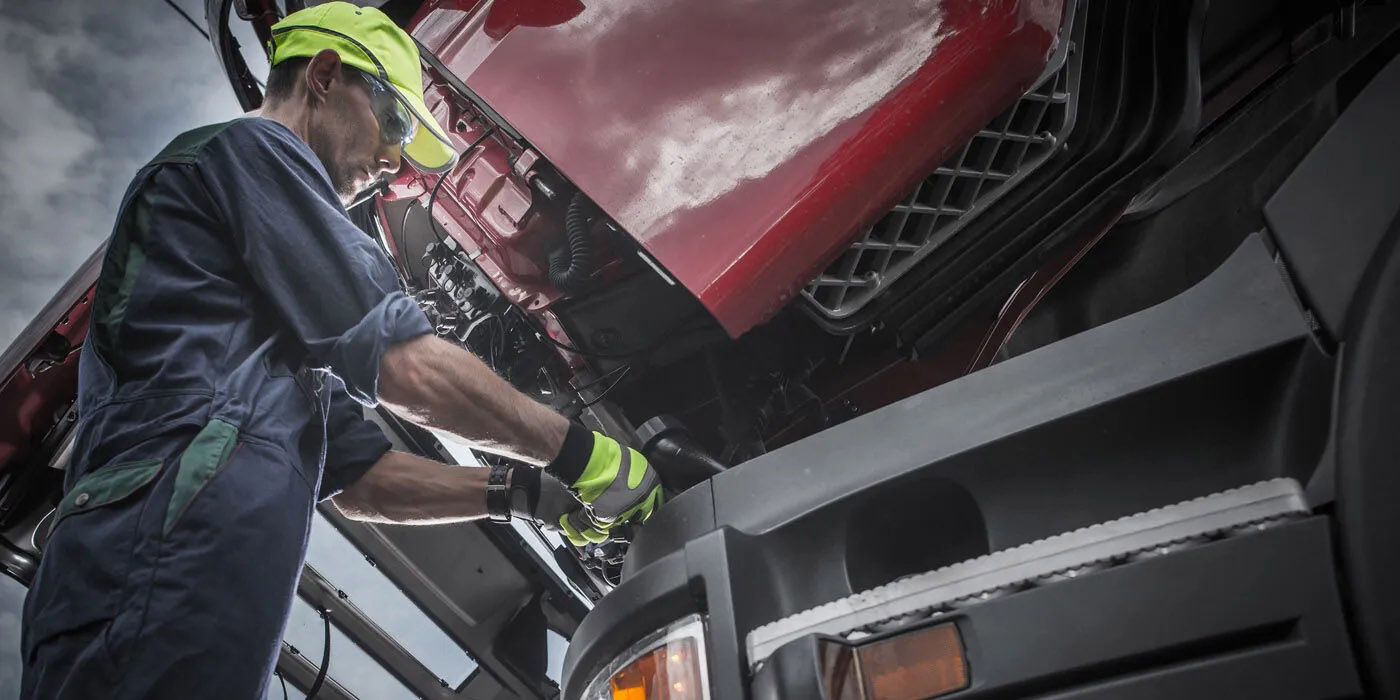by Matt Doty, director, corporate communications
GreatAmerica Leasing Corporation
 As many of you know, it takes a lot more than excellent mechanical knowledge to run a successful automotive repair business. In fact, you could have the best mind in the world for vehicle service and diagnostics, but, at the end of the day, you need at least a nodding acquaintance with what it takes to turn a profit.
As many of you know, it takes a lot more than excellent mechanical knowledge to run a successful automotive repair business. In fact, you could have the best mind in the world for vehicle service and diagnostics, but, at the end of the day, you need at least a nodding acquaintance with what it takes to turn a profit.
The point is to learn about the financial side of running your business and understand where to find the right resources that can be summoned when you need advice. No one person can embody all of the essential skills necessary to guarantee success, but if you know when and how to invest your time and resources in the right places, your odds of winning go up dramatically.
That’s how Carl Kazen, owner of New England Tire in Attleboro, MA, has run a successful family-owned business for the last 30 years. As a Goodyear shop, he started with a closed two-bay gas station in 1978 and ran it for 15 years before accumulating enough capital to open another six-bay location in 1993. Today, he has a total of 40 bays across five Goodyear locations and has expanded into wholesale distribution. We got to know him in the late ’90s when Goodyear introduced him to us.
Kazen certainly had the resources to purchase almost any amount of equipment for his business, but chose to finance it and take advantage of the Section 179 write-off at the same time. “It really depends on how you want your equipment to end up on your balance sheet,” says Kazen. “We took the entire write-off because it was easier on our cash flow and we were revenue positive at the beginning of the equipment deployment. We replaced all of our alignment equipment in all of our stores. I was able to lease all of the equipment, get the $250k write-off against profits, and enjoy the tax return. If we paid cash, we’d be $250,000 lighter in the pocket. I basically had to make my own government bailout!”

Kazen believes in establishing guideposts in the form of income/expense ratios. By financing his equipment, and thus creating a known payment stream, he could calculate a “projected return on investment” and use that number to base his goals and plan future growth. This expense metric is part of his overall plan to understand how much activity he needs out of every square foot of service bay real estate (two acres of land in the Northeast runs about $2 million). “If you’re in business and expect to be on top, you’ve got to know the math,” Kazen says. “The big picture is how fixed investments offset fixed expenses.”
Marketing Your Business
Kazen’s financial discipline also carries over in the marketing of his business. When the economy took a downturn in 2008, he had one of his best years and chose the right place to deploy his cash. “The first thing people did was cut their advertising budgets, so we increased ours,” Kazen remarks. “We invest in data mining, direct mail, e-mail, billboards…you name it. We have a research firm that provides us with MVR data on vehicles coming off warranty and census information such as household income and zip codes.”
Kazen spends 5% of his gross revenues on advertising, 25% on payroll, and has similar metrics for every part of his budget. “You can’t look at parts of your business as singular events,” Kazen explains. “It all works together and continually changes.” The one constant is cash, since cash flow is used to support debt.
But building this business savvy was not by chance. Mark Twain said, “The man who does not read good books has no advantage over the man who can’t read them,” and Kazen is informed because he’s curious and seeks information from the right resources. “We have to take advantage of what’s available to us,” Kazen says. “Business owners must be aware or seek counsel since we don’t have the political clout that exists in the new car dealership world.”
Indeed, the biggest challenge facing the automotive service industry, according to Kazen, is “educational competence.” Recruiting the right people for technical positions has become a challenge for the industry as systems become more sophisticated and require comprehensive reading and math skills. “We give technical applicants a basic reading test because if you can’t read and can’t comprehend, you are unable to follow the technical datastream required to repair the automobile,” Kazen explains. “We’re seeing a smaller and smaller percentage of our applicants who are capable right out of school. The nation’s educational system needs to do a better job of preparing graduates for the modern world in which we live today.”
Matt Doty is director of corporate communications at GreatAmerica Leasing Corporation. GreatAmerica (www.greatamerica.com) has been building relationships with manufacturers and vendors in the automotive aftermarket since 1992. Matt can be reached at [email protected].
 Shop Owner Feedback on
Shop Owner Feedback on
Improving Sales and Cutting Costs
Profitability is the number one concern of shop owners across the country. And, as the cost of running a shop continues to escalate, it’s important to always keep your eyes open for ideas you can implement to improve sales, cut costs and make your shop more profitable.
Babcox Research asked a sample of shop owner readers for their ideas on this topic, and we’re sharing their responses below.
10 Ideas to Improve Shop Profitability
1. Survey the competition and see if you can raise prices. Don’t just look at what is advertised in the newspaper; make some phone calls, too.
2. Take care of your customers and teach them about the need to keep their vehicles maintained.
3. Conduct very thorough inspections. Teach employees (especially new hires) how to perform a proper safety inspection.
4. Make the extra effort to communicate with customers so they understand the importance of doing a complete repair.
5. Watch what you spend and stop giving things away. Make sure every item used on a repair is billed-out, including “extra” time.
6. Hire good techs. Provide and require on-going training.
7. Get the right profit margin and don’t rely on a “suggested” list price.
8. Give the customer what they want because a returning customer will bring in more referral business.
9. Actively work your customer contact list/management database to drive traffic to your shop and bring back good customers.
10. Do the work right the first time and use quality parts. One comeback can destroy a good week.














